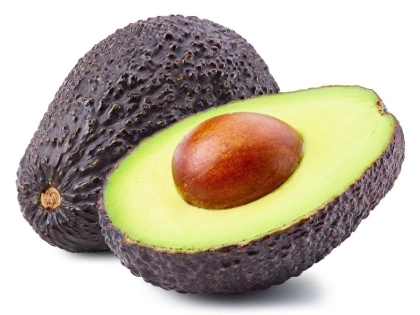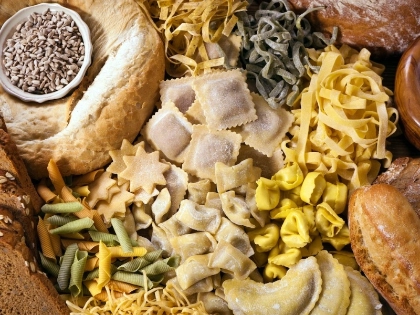How To Plan Balanced Meals For Optimal Health
Variety is the key to a balanced diet. Different food types provide different essential elements. Eating a balanced diet is most easily achieved by limiting ultra-processed foods and cooking at home. A healthy diet reduces the chance of obesity, heart disease and diabetes while also helping you maintain a healthy weight.
carbohydrates
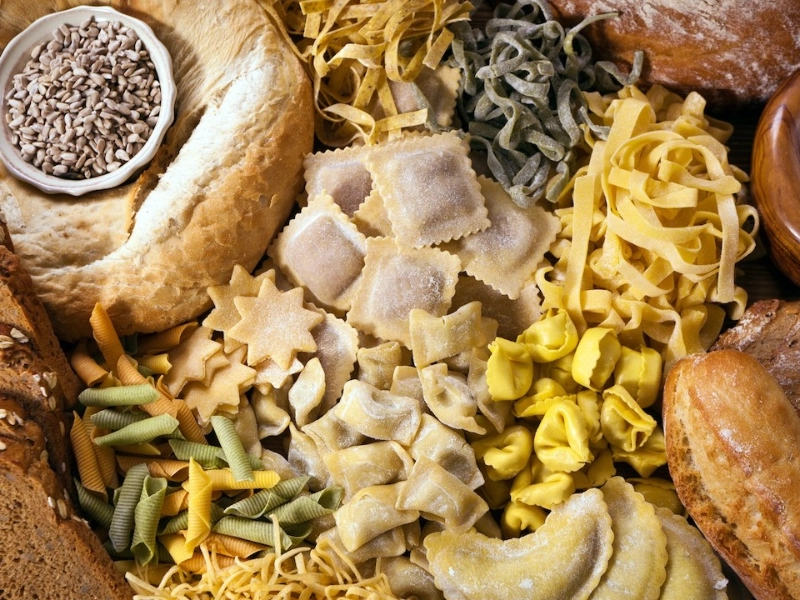 Carbohydrates are one of the three major nutrients that the body uses for energy. The glucose that the body produces from carbohydrates can be used immediately as fuel, stored as glycogen, or converted into fat for later use.
Reducing your intake of processed and sugary carbohydrates is very important to stay healthy and avoid weight gain. You should choose foods with a low glycemic index, such as whole grains, beans, legumes, vegetables, and fruits. The
general consensus is that you should not get more than 45% to 65% of your daily calories from carbohydrates.
Carbohydrates are one of the three major nutrients that the body uses for energy. The glucose that the body produces from carbohydrates can be used immediately as fuel, stored as glycogen, or converted into fat for later use.
Reducing your intake of processed and sugary carbohydrates is very important to stay healthy and avoid weight gain. You should choose foods with a low glycemic index, such as whole grains, beans, legumes, vegetables, and fruits. The
general consensus is that you should not get more than 45% to 65% of your daily calories from carbohydrates.
protein
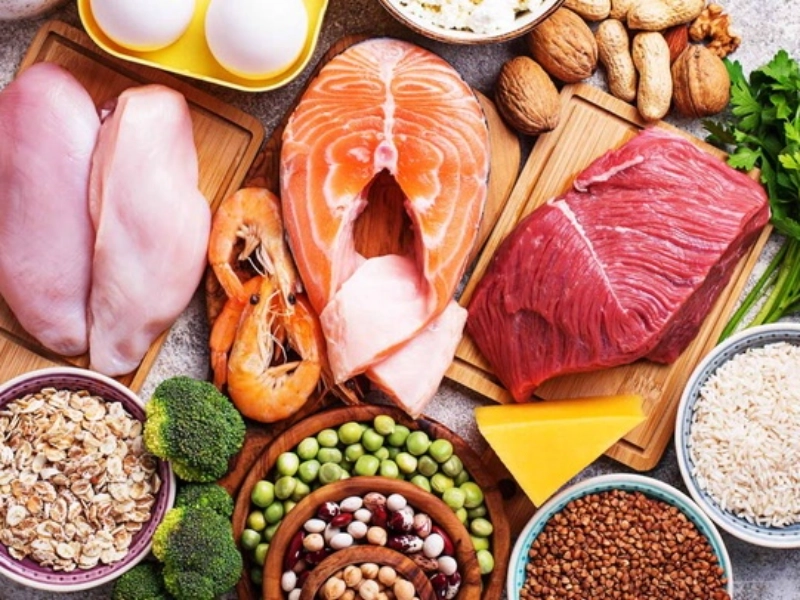 An essential component of all body tissues, protein helps produce hormones, enzymes, muscle, skin, hair, bones and cartilage. It also gives you energy, supports optimal functioning of antibodies and helps maintain a healthy immune system.
On the other hand, consuming too much protein can damage your kidneys and liver and cause your body to store excess fat. Whole foods such as meat, fish, eggs, beans, nuts and seeds are the best sources of protein in your diet.
Avoid harmful protein sources such as fast food, frozen meals and processed deli meats.
An essential component of all body tissues, protein helps produce hormones, enzymes, muscle, skin, hair, bones and cartilage. It also gives you energy, supports optimal functioning of antibodies and helps maintain a healthy immune system.
On the other hand, consuming too much protein can damage your kidneys and liver and cause your body to store excess fat. Whole foods such as meat, fish, eggs, beans, nuts and seeds are the best sources of protein in your diet.
Avoid harmful protein sources such as fast food, frozen meals and processed deli meats.
Fat
 Eating a balanced diet provides your body with the nutrients it needs to operate at its best health. However, the foods you consume should be low in empty calories. Empty calories are often found in processed foods and sweet and salty snacks. Vegetables, especially dark
green ones, fruits, whole grains, lean meats and fish should all be abundant in a balanced diet. It should be low in saturated fats, which can increase cholesterol, and high in healthy unsaturated fats. It should also be low in trans fats, added sugars and sodium.
Eating a balanced diet provides your body with the nutrients it needs to operate at its best health. However, the foods you consume should be low in empty calories. Empty calories are often found in processed foods and sweet and salty snacks. Vegetables, especially dark
green ones, fruits, whole grains, lean meats and fish should all be abundant in a balanced diet. It should be low in saturated fats, which can increase cholesterol, and high in healthy unsaturated fats. It should also be low in trans fats, added sugars and sodium.
vegetables
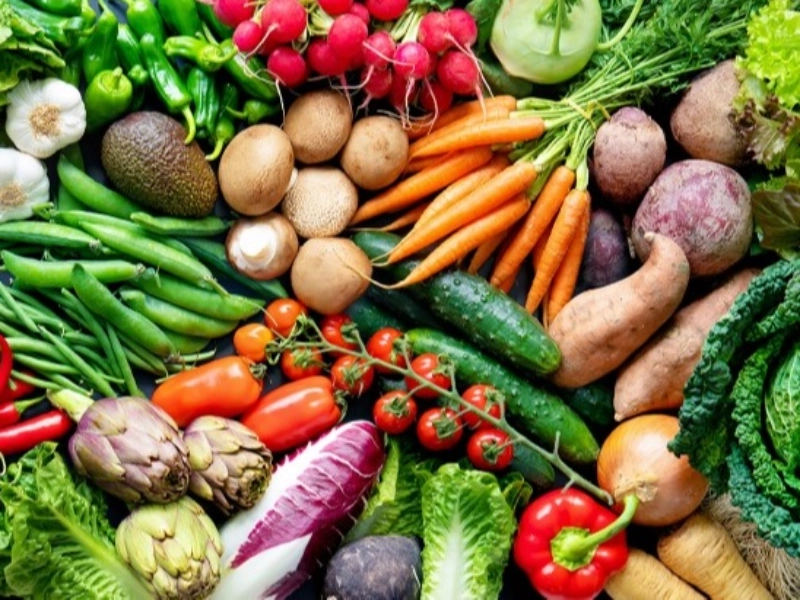 Vegetables are nutritious foods and offer several benefits. They are rich in fiber, low in calories and fat, and contain phytochemicals, a type of plant compound that protects or repairs cells, reduces cholesterol, maintains healthy vision, and many other health benefits. It is recommended to
consume 2 to 4 cups of vegetables daily to meet your needs for calcium, potassium, iron, vitamin A, and folate. To reach your goal, try a variety of vegetables, including raw, steamed, roasted, and stir-fried vegetables.
Vegetables are nutritious foods and offer several benefits. They are rich in fiber, low in calories and fat, and contain phytochemicals, a type of plant compound that protects or repairs cells, reduces cholesterol, maintains healthy vision, and many other health benefits. It is recommended to
consume 2 to 4 cups of vegetables daily to meet your needs for calcium, potassium, iron, vitamin A, and folate. To reach your goal, try a variety of vegetables, including raw, steamed, roasted, and stir-fried vegetables.
fruit
 The fleshy or dry mature ovary containing the seeds of a flowering plant is called a fruit. According to botany, all plant parts that produce seeds are called fruits, even those commonly thought of as vegetables, such as beans and tomatoes (in their shells). Fruits are a
good source of vitamins, minerals and antioxidants that reduce the risk of cancer, diabetes and heart disease. To get the most out of the health benefits of these super fruits, consume a variety of fresh, frozen and canned fruits. Eat whole fruits
instead of juicing them, as they are low in sugar, high in nutrients and contain dietary fiber.
The fleshy or dry mature ovary containing the seeds of a flowering plant is called a fruit. According to botany, all plant parts that produce seeds are called fruits, even those commonly thought of as vegetables, such as beans and tomatoes (in their shells). Fruits are a
good source of vitamins, minerals and antioxidants that reduce the risk of cancer, diabetes and heart disease. To get the most out of the health benefits of these super fruits, consume a variety of fresh, frozen and canned fruits. Eat whole fruits
instead of juicing them, as they are low in sugar, high in nutrients and contain dietary fiber.
Dairy products
 Dairy contains a powerful combination of minerals such as calcium, vitamin D, and potassium that support bone health. It also provides fats and proteins for energy.
Cream cheese and ice cream are often thought of as decadent indulgences, but they can be included in a balanced diet if chosen carefully. You should consume three cups of low-fat or nonfat dairy products every day.
Dairy is avoided by many due to the misconception that it can increase the risk of weight gain, digestive problems, and heart disease. This can be tricky, as cutting out dairy means you miss out on your daily recommended intake of calcium and other important elements.
Dairy contains a powerful combination of minerals such as calcium, vitamin D, and potassium that support bone health. It also provides fats and proteins for energy.
Cream cheese and ice cream are often thought of as decadent indulgences, but they can be included in a balanced diet if chosen carefully. You should consume three cups of low-fat or nonfat dairy products every day.
Dairy is avoided by many due to the misconception that it can increase the risk of weight gain, digestive problems, and heart disease. This can be tricky, as cutting out dairy means you miss out on your daily recommended intake of calcium and other important elements.
beef
 You don't have to completely eliminate meat from your diet, although many choose to do so for moral, ethical, religious, or cultural reasons. Rather, focus on eating plant-based proteins such as beans and healthy grains along with moderate amounts of unprocessed meat.
Iron, B vitamins, and protein are all abundant in meat. It also contains essential amino acids needed for health, such as valine, histidine, leucine, isoleucine, lysine, methionine, phenylalanine, and tryptophan.
Choose lean cuts of meat and avoid eating too much of it. The recommended serving is 3 ounces, roughly the size of a deck of cards.
You don't have to completely eliminate meat from your diet, although many choose to do so for moral, ethical, religious, or cultural reasons. Rather, focus on eating plant-based proteins such as beans and healthy grains along with moderate amounts of unprocessed meat.
Iron, B vitamins, and protein are all abundant in meat. It also contains essential amino acids needed for health, such as valine, histidine, leucine, isoleucine, lysine, methionine, phenylalanine, and tryptophan.
Choose lean cuts of meat and avoid eating too much of it. The recommended serving is 3 ounces, roughly the size of a deck of cards.




